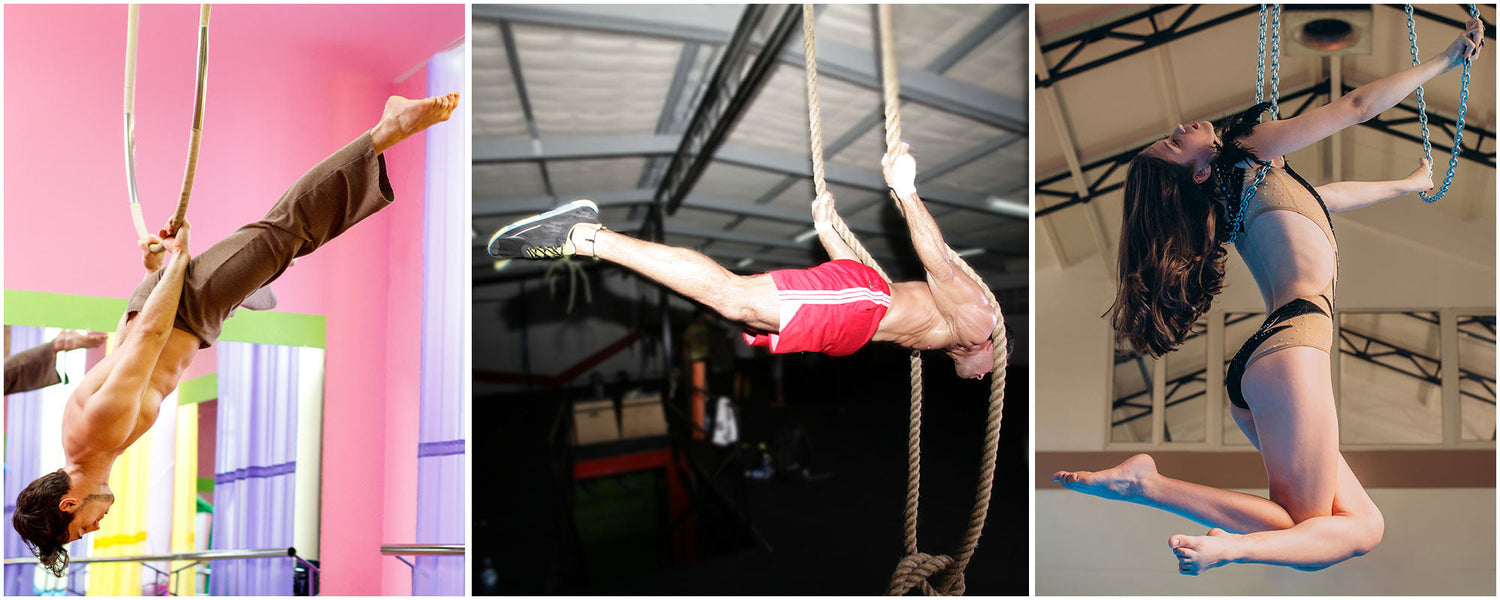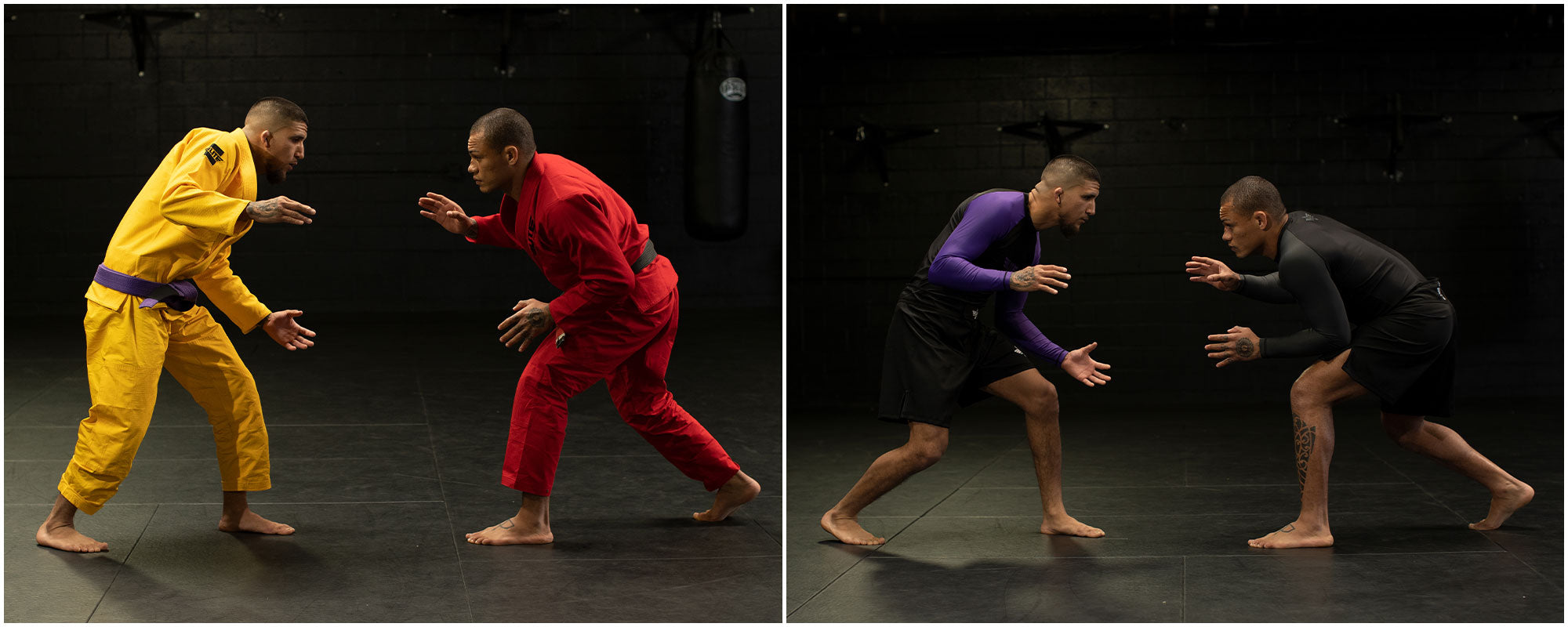What are Martial Arts? From Ninja Warriors, Bruce Lee to Jackie Chan we have heard a lot about it and Martial Arts has always proven to be the safest and hardest form of self-defense. It has always been a vital part of every civilization on Earth, from the Greek and Roman wrestling traditions such as baritsu or boxing all the way to the Chinese and Japanese karate and Filipino martial arts.
It doesn’t matter where or which environment you live in, learning to punch for self-defense or knowing a few good moves or practicing any kind of martial arts for the sake of being fit is all relevant to Martial Arts.
Martial Arts has become increasingly dominant in the US especially due to the famous show called ‘Sasuke’ which has been renamed to ‘Ninja Warriors’, and in the present day, it is called ‘American Ninja Warriors’ and it is on season 9 which airs on NBC and cable channel G4.
Generally, martial arts is easily broken down into 5 distinct categories of which includes,
- Grappling styles
- Low impact styles
- Weapons based styles
- Stand up or striking styles
- MMA (Mixed Martial Arts)
These styles can be further divided into more different varieties such as Kung Fu, Boxing, Karate, Tae Kwon Do, Wrestling, Shootfighting, Aikido, Judo, Hapkido and Brazilian Jiu-Jitsu.
Martial Arts has been introduced in schools of US and globally at an early age to provide them good physical and mental health as it is a form of art for mental development as well as physical.
From 1848 to 1968 the Martial Arts taught and practiced in the US fit into one of the following categories:
- Professional Activities:Which includes working in circuses or as professional boxers, and wrestlers doing stunt work in films and so on.
- Cultural Nationalism and Festive Arts:This is a kind of Martial Arts performed during events to promote ethnicity or culture.
- Group Cohesion:This is when the association is not ethnic, or the occasion is not festive, such as community newspaper organized judo and sumo tournaments.
- Prowess and social recognition:When the bachelor culture trend increased, young men would go out to learn to fight and improve their skills and this also determined their status; they also fought to settle their grudges.
- Building Character in youth:The teachers do not get paid much, but they enjoy teaching younger generation and building up their character, in various venues such as YMCA or city church.
Although these foreign motives are still in the Martial Arts in US and Canada, new additional motives started to develop after 1900’s. Now today, there are numerous kinds of Martial Arts techniques present in United States which include Marine Corps Martial Arts Program (MCMAP) which focuses on unarmed combat and knife training, and SCARS which was very common in the 1980s to 1990s, and the US Army’s Modern Army Combative Program which is a martial art taught to US army still today.
The statistics were carried out by ‘Statista 2018’ which indicates involvement of participants in Martial Arts Combat from 2006 to 2016 (in millions)

Even though Martial Arts combat has decreased from 2006 to 2016 but with the increasing population and excessive emerging crime rate, more and more people will want to learn Martial Arts for self-defense, and there will be a rapid increase in a number of participants.




Leave a comment
This site is protected by hCaptcha and the hCaptcha Privacy Policy and Terms of Service apply.